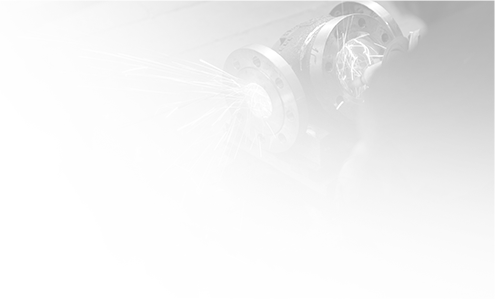

Shengao's interpretation of the butterfly valve offers a sleek, space-conserving answer suitable for expansive pipeline widths. They operate by rotating disks to modify fluid trajectories. Offering an array of options like high-performance butterfly valves, triple-offset models, and affixed butterfly valves, Shengao addresses a wide range of operational needs.









In the vast landscape of industrial valves, the butterfly valve carves out its own unique niche. Simplistically, a butterfly valve is a valve that regulates or isolates the flow of a fluid. Its name derives from the butterfly-like disc that pivots around an axis, much like wings, to either open, partially open, or close the flow path.
The valve stem drives the valve disc to move up and down to open and close.
Use fluid movement to drive the opening, with small flow resistance (a few special stop valves are high in and low out)
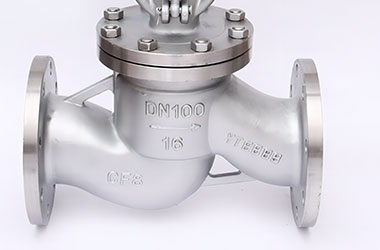
Industrial butterfly valves are chiefly classified into three body types: Wafer, Flanged, and Lug. The prevalent wafer type is positioned between two flanges, while the flanged variant integrates seamlessly with piped flanges. The lug design, versatile in nature, accommodates one-sided or dual-sided bolting. Collectively, these designs address a wide spectrum of engineering and fluid control needs.
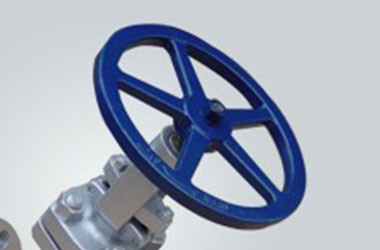
The disc is a pivotal component of industrial butterfly valves. Functioning as the gatekeeper, it rotates around a central axis to regulate or halt fluid flow. Precisely engineered, its design ensures optimal flow dynamics and minimal resistance, providing both efficiency and precision. The disc's material and design often vary based on the specific application and medium it interacts with, ensuring longevity and reliable performance.

The stem in industrial butterfly valves is an integral element, serving as the pivotal point for the disc. It translates the actuator's movement into the disc's rotational motion, allowing for fluid flow regulation. Crafted for durability and precision, the stem's design ensures minimal wear and a tight seal. Depending on the application, it may be designed as a one-piece or two-piece, ensuring optimal performance and resistance against external factors.
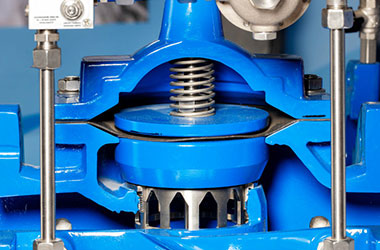
The seat of an industrial butterfly valve is crucial for sealing and efficient operation. It interfaces directly with the disc, ensuring a tight closure and preventing unwanted leaks. Made from resilient materials, the seat withstands varying pressures and temperatures, providing a consistent seal. Its design plays a pivotal role in the valve's durability and efficiency, often tailored to specific applications to ensure optimal sealing performance and prolonged lifespan.
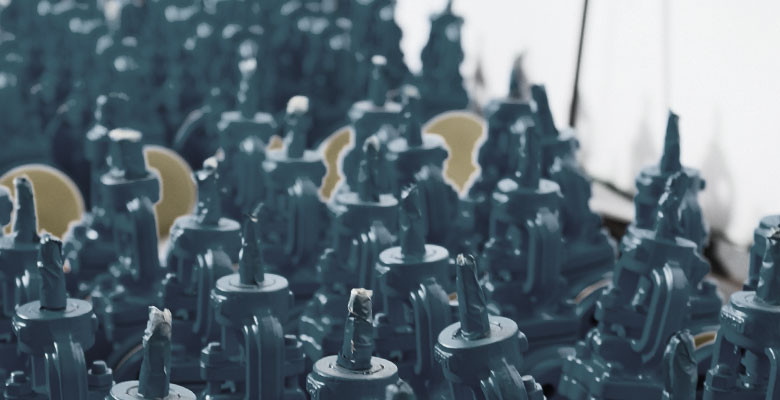
1.Requires less space and is lighter in weight.
2.Generally less expensive than other valve types.
3.Can open and close quickly.
4.Fewer moving parts mean less maintenance.
5.Suitable for isolation and throttling applications.
6.Offers minimal flow resistance.
7.Good sealing capabilities.
8.Suitable for horizontal or vertical installations.
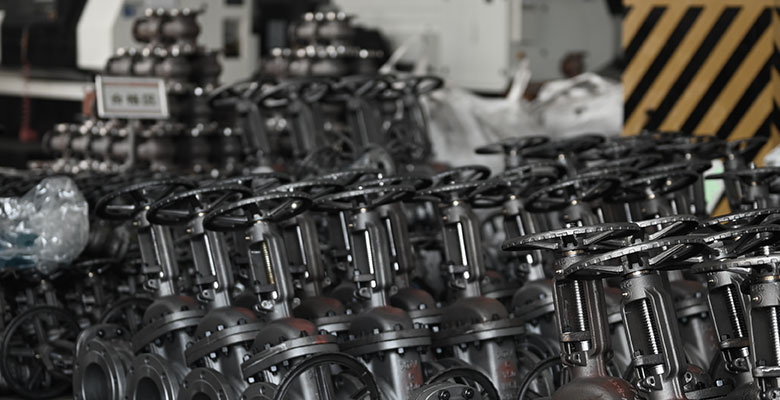
1.Can create a pressure drop in some applications.
2.Might not be as tight as ball or gate valves in high-pressure scenarios.
3.The disc is constantly exposed to the flowing medium.
4.Some designs might not be suitable for extremely high or low temperatures.
5.Certain materials might react with aggressive fluids.
6.Can become clogged.
7.Sealing might degrade faster than other valve types.
8.Some designs may require higher torque to operate.
Shengao, a renowned producer of butterfly valves, crafts bespoke valves tailored to business requirements. Among the primary valve variants, we offer the cost-effective rubber-lined type. Additionally, our plastic-lined options cater to sanitary and abrasive environments. Conversely, our metallic versions are designed for settings demanding high pressure and elevated temperatures.
